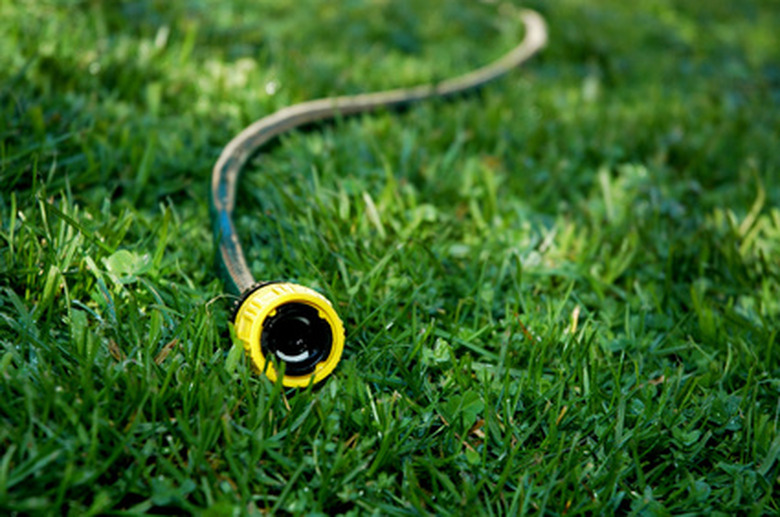Black Mold On Bermuda Grass
Black mold (Physarum sp. and Fuligo sp), commonly called slime mold, produces a grayish-black covering over the grass blades of Bermuda grass and other warm-season turfgrass varieties. The fungus causes no lasting damage to the grass but it does render it unsightly. The fungus grows prolifically in the southern United States, where it prefers warm, humid conditions.
Appearance
Large circular or irregular circles of black or grayish-black mold appears on the surface of the Bermuda grass. The slimy mold appears like dark oil on the grass until it produces fruiting bodies that create a crusty residue on the grass blades. The fruiting bodies contain thousands of black spores that are released into the air so the mold can reproduce. In an extreme infestation, the slimy, black mold may cover the entire surface of the Bermuda grass.
- and Fuligo sp), commonly called slime mold, produces a grayish-black covering over the grass blades of Bermuda grass and other warm-season turfgrass varieties.
- In an extreme infestation, the slimy, black mold may cover the entire surface of the Bermuda grass.
Long-Term Effects
Despite the unsightly appearance of the slimy black mold on the surface of the grass, it does little damage to the grass itself. The mold usually lasts a few weeks. After the release of its reproductive spores, the mold begins to die away. The grass is left virtually untouched after the mold disappears, according to Alabama A&M and Auburn universities.
Occurance
The mold often appears in the same spots on the Bermuda grass every few years. The mold will make its first appearance during the spring or summer when conditions are humid. After several days of heavy cloud cover, the homeowner will often notice the black slime. The mold will occur predominately on the Bermuda grass blades, but the homeowner may also notice the mold covering bark chips, mulch, leaves or twigs.
- Despite the unsightly appearance of the slimy black mold on the surface of the grass, it does little damage to the grass itself.
- The mold often appears in the same spots on the Bermuda grass every few years.
Prevention
Lightly raking the area when the black mold first appears will often eliminate or help reduce the appearance of the mold dramatically as it grows. Mowing will also remove the fungus but it often returns within a day or two. Simple washing with a heavy stream of water on the surface of the grass will often wash the mold away successfully. Washing the area with a solution of 1 tbsp. dish soap to a gallon of water will kill the mold, according to Mississippi State University.
Warning and Solutions
Avoid using fungicides on Bermuda grass afflicted with black slime mold. It has no effect on the mold. Keeping the grass healthy will often prevent the growth of black slime mold on the grass. Yearly thatch removal also appears to help. Areas of the lawn that drain poorly often suffer from black mold. Consider building up the area to facilitate better drainage and then replant with Bermuda grass.
- Lightly raking the area when the black mold first appears will often eliminate or help reduce the appearance of the mold dramatically as it grows.
- Simple washing with a heavy stream of water on the surface of the grass will often wash the mold away successfully.
